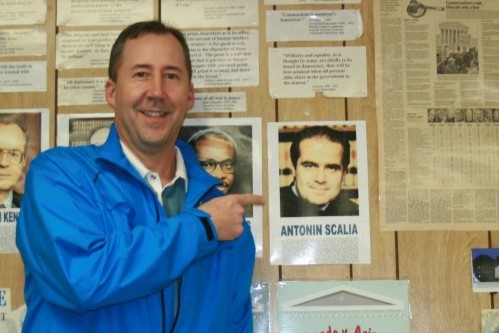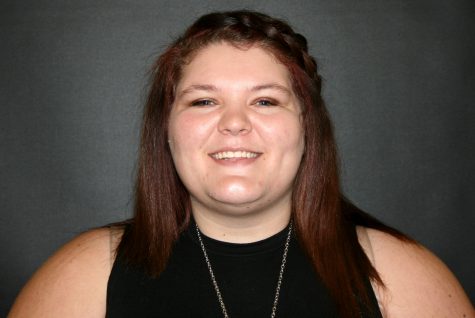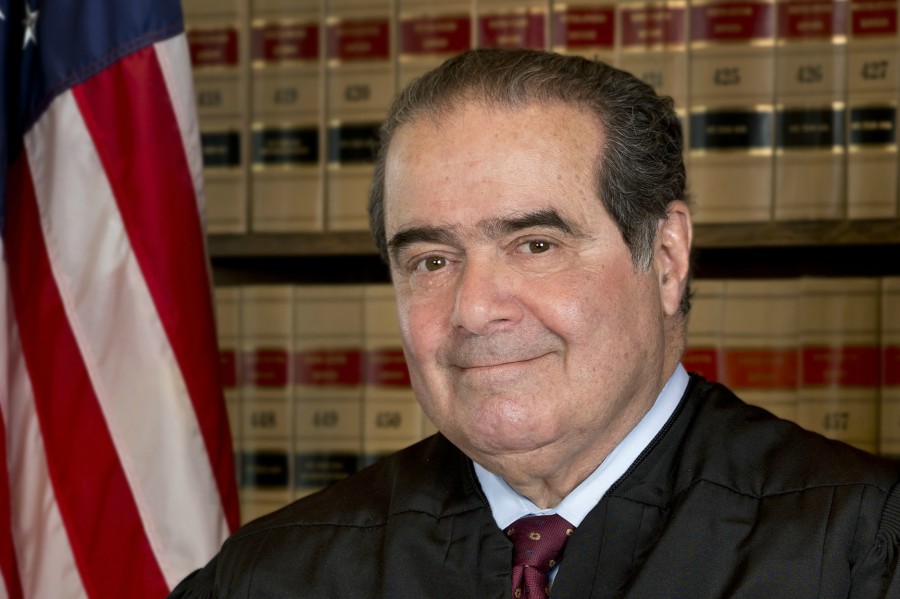Antonin Scalia spent his life devoted to the United States
IMAGE / Collection of the U.S. Supreme Court / Wikimedia Commons
Antonin Scalia, Associate Justice of the Supreme Court of the United States.
Supreme Court Justice Antonin Scalia died Feb. 13 at age 79.
A spokeswoman for the United States Marshals Service, which sent personnel to the scene, said there was nothing to indicate the death was the result of anything other than natural causes.
Scalia had served for the Supreme Court for 20 years, first being sworn in, in 1986 after President Reagan appointed him.
He was a conservative judge, always taking the writings from the Constitution literally.
Scalia was not concerned with how the society in our country was today and how things have changed, but instead he based his decisions on how our Founding Fathers imagined it to be.
His unexpected death has caused some controversy surrounding the Supreme Court.
There have always been nine judges seated in the Supreme Court, and for over 50 years, five of them had been conservative with their decisions, while the other four were more liberal.
After Scalia’s death, eight justices are left to serve, tying the number of conservatives with the liberals.
President Barack Obama has appointed two liberal officials that currently serve for the Supreme Court, Sonia Sotomayor and Elena Kagan, but some senators have said they are against Obama appointing a third justice even though that is his duty as president.

Antonin Scalia, Associate Justice of the Supreme Court of the United States
Some senators believe the next president should appoint the next justice, whoever that may be.
Some senators have said that anyone appointed by Obama would be rejected, no matter his or her credentials, fearing he would pick another liberal justice.
But, ultimately, the Senate has the final approval to confirm the president’s appointment.
Legal Career
Scalia began his legal career at the law offices of Jones, Day, Cockley & Reavis in Cleveland, Ohio, in 1961, but he longed to teach and inform those of the law, and in 1967, he took a professorial position at the University of Virginia Law School and moved his family to Charlottesville.
In 1972, Scalia entered public service when President Richard Nixon appointed him general counsel for the Office of Telecommunications Policy, where he helped formulate regulations for the cable television industry.
In 1974, Scalia was appointed Assistant Attorney General for the Office of Legal Council. In this role, he testified before congressional committees.
His very first and only case in front of the Supreme Court was Alfred Dunhill of London, Inc. v. Republic of Cuba and argued on behalf of the U.S. government. The government ended up winning the case.
Scalia then accepted an appointment from Reagan on the Court of Appeals for the District of Columbia in 1982, leading him to higher power within the judicial branch.
This previous appointment drew the attention of Reagan administration officials who put him on the short list for a Supreme Court nomination. Scalia was later confirmed Associate Justice of the U.S. Supreme Court in 1986 upon the retirement of Chief Justice Warren Burger.
Over the course of his judicial career, Scalia was characterized as the anchor of the Court’s conservative majority. In his quarter century on the Court he became a political celebrity, especially with socially and politically conservative groups and will always be honored for his devotion.

Mr. Andy Nester, political science teacher, points at a portrait of Associate Justice Antonin Scalia in his classroom.
Mr. Andy Nester, political science teacher, has learned about Scalia for years through interviews and listening to Scalia’s opinions while serving for the Court.
“He’s thoughtful, clear. A strong believer (that) he is right and that there is a wrong way to apply the Constitution, so when he speaks, he speaks with 100 percent confidence,” Nester said. “Scalia really is a genius.”
Nester views Scalia as an inspiration.
“I find him to be someone that I look up to,” Nester said, “and I aspire to use as few words as he does to convey such big ideas.”

Class: Junior
Extracurricular Activities: Dance
Hobbies/Interests: Shopping, music, dancing, sleeping
Plans after high school: Attending Michigan...

Senior
Birthday: March 9, 1999
Extracurricular activities: Hanging out with friends, attending football games
Interests: Photography, music
...






